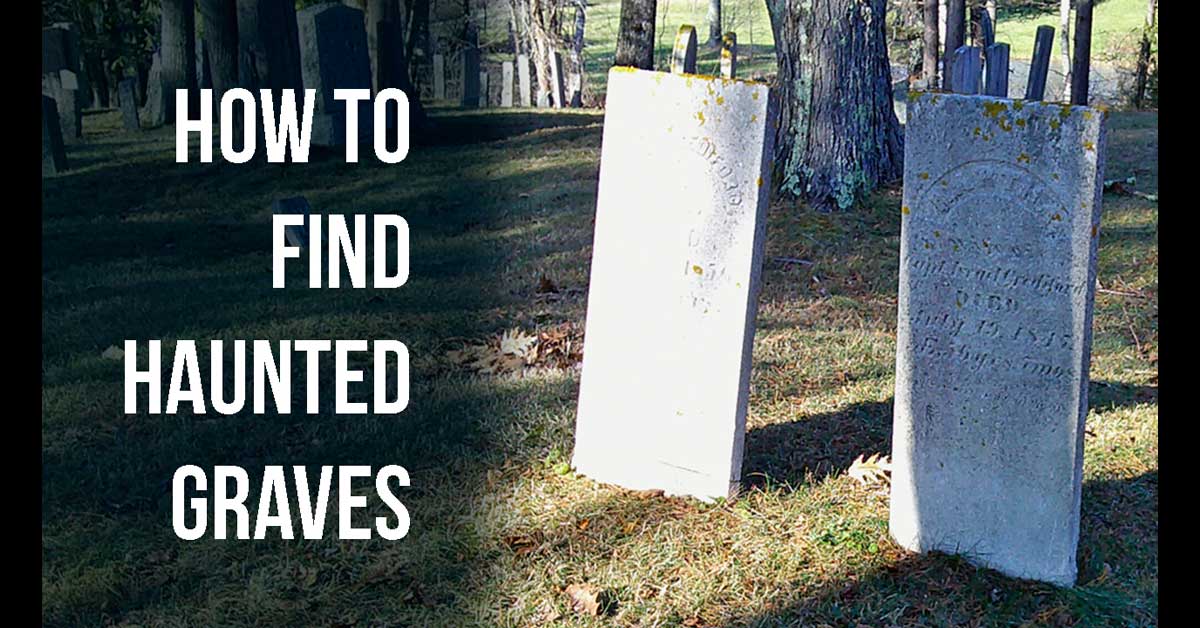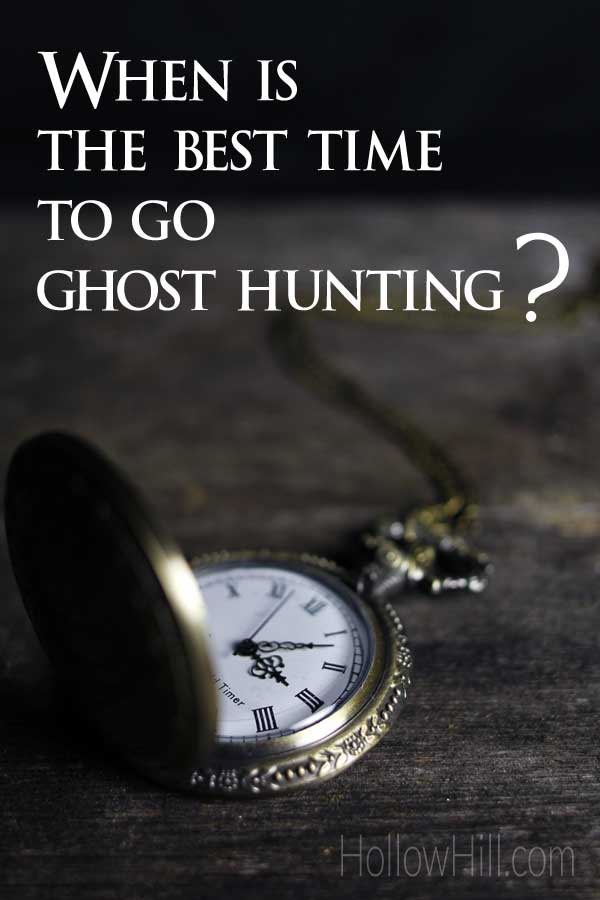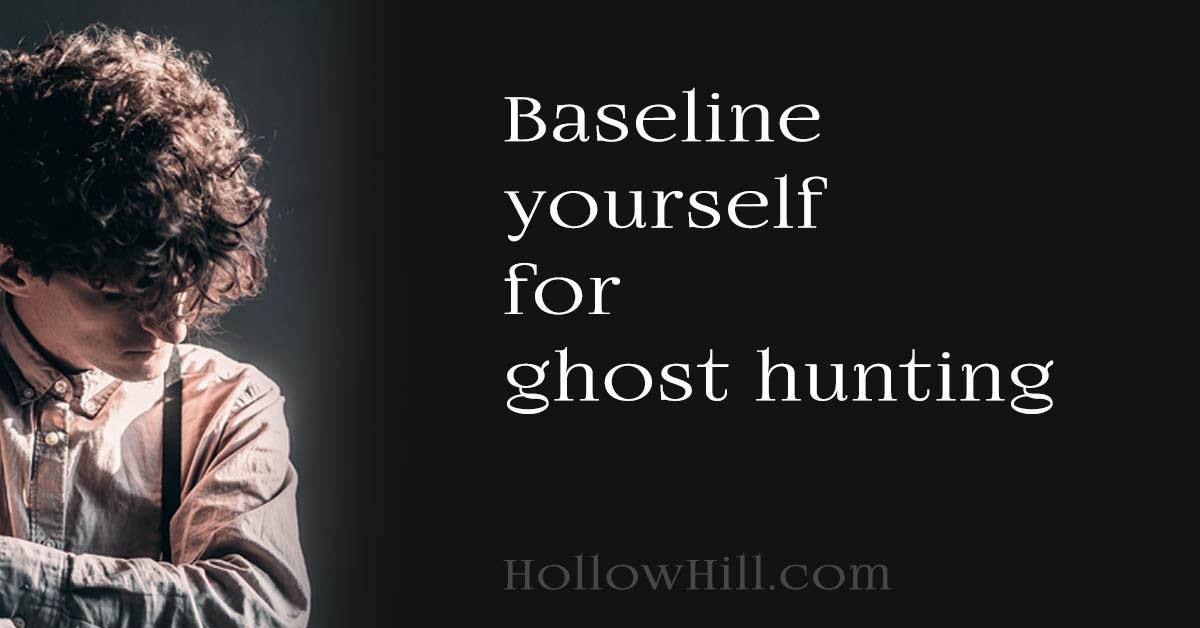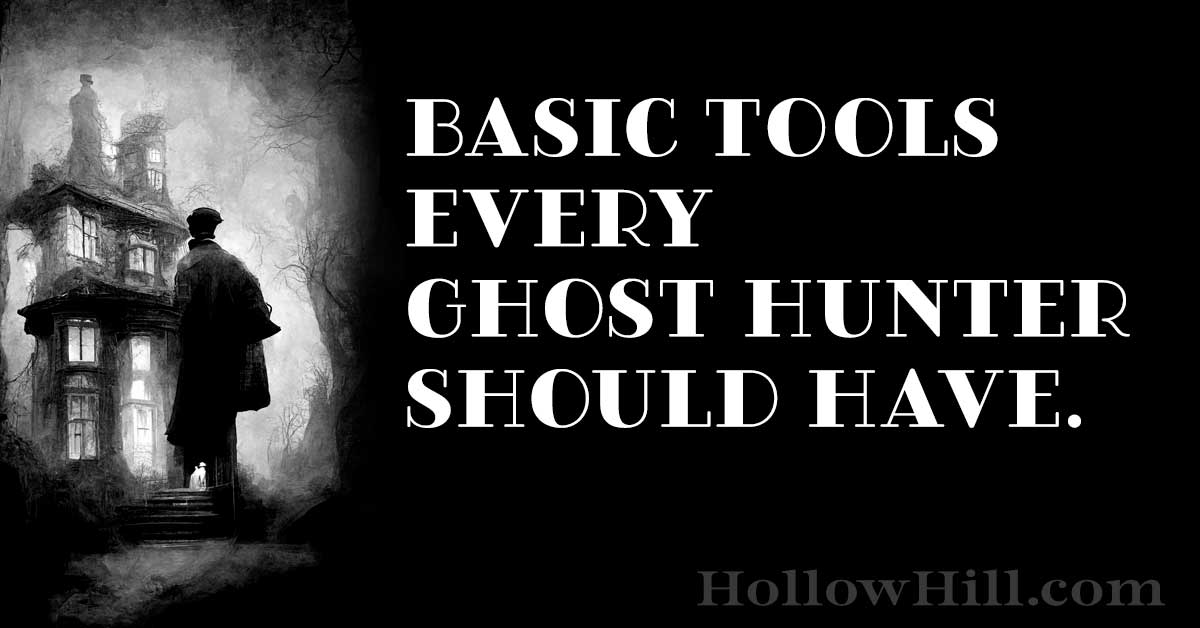Many cemeteries are haunted. In fact, most of them may have some eerie energy, if not actual ghosts. Of course, I always look for known haunts. The website, TheShadowlands.com, is one of the best places to start, though pranksters and trolls may have added fake entries, for their own amusement. (So, fact-check everything. There are…
Tag: Tips for Beginners
When to Go Ghost Hunting
When is the best time to go ghost hunting? Many researchers prefer to investigate after dark. Are ghosts more active at night? I’m not sure. Maybe the darkness makes it easier for us to notice them. After all, in the dark, we have fewer visual distractions. For me, it’s more important to investigate at anniversaries….
Haunted Houses and Carbon Monoxide
How can carbon monoxide affect a haunted house? When people contact me about a house that might have ghosts, they often say things like: “Sometimes, when I’m in that part of the house, I get shaky, dizzy, and I feel weak all over.” “I get a tightness in my chest, and I can’t catch my…
Baseline Yourself for Ghost Hunting
Let’s say you’re ghost hunting. Suddenly, you feel uncomfortable, ill, or emotional. Are you sure that it’s something paranormal? A simple, baseline check can help you decide what’s really going on. That’s why I created a worksheet of emotions, with some instructions. It’s a free download, linked at the foot of this article. The worksheet…
How to Join a Ghost Hunting Team
Many people have asked me about finding and joining a local ghost hunting group. THE BASICS First, be sure to read the articles in my free ghost hunting course, Introduction to Ghost Hunting. From the second lesson: Locate at least one ghost hunting group in your area. Search at Google, Yahoo, etc., using the name…
What Ghost Hunting Equipment Should Every Ghost Hunter Have?
Ghost hunting equipment can be useful in any haunted setting. Some researchers confirm anomalies using cameras, EVP recorders, digital thermometers, compasses, EMF devices, and so on. Others focus on psychic readings with Tarot cards or other divinatory tools. Some people use dowsing rods and pendulums, which some claim are psychic tools, while other point to…




